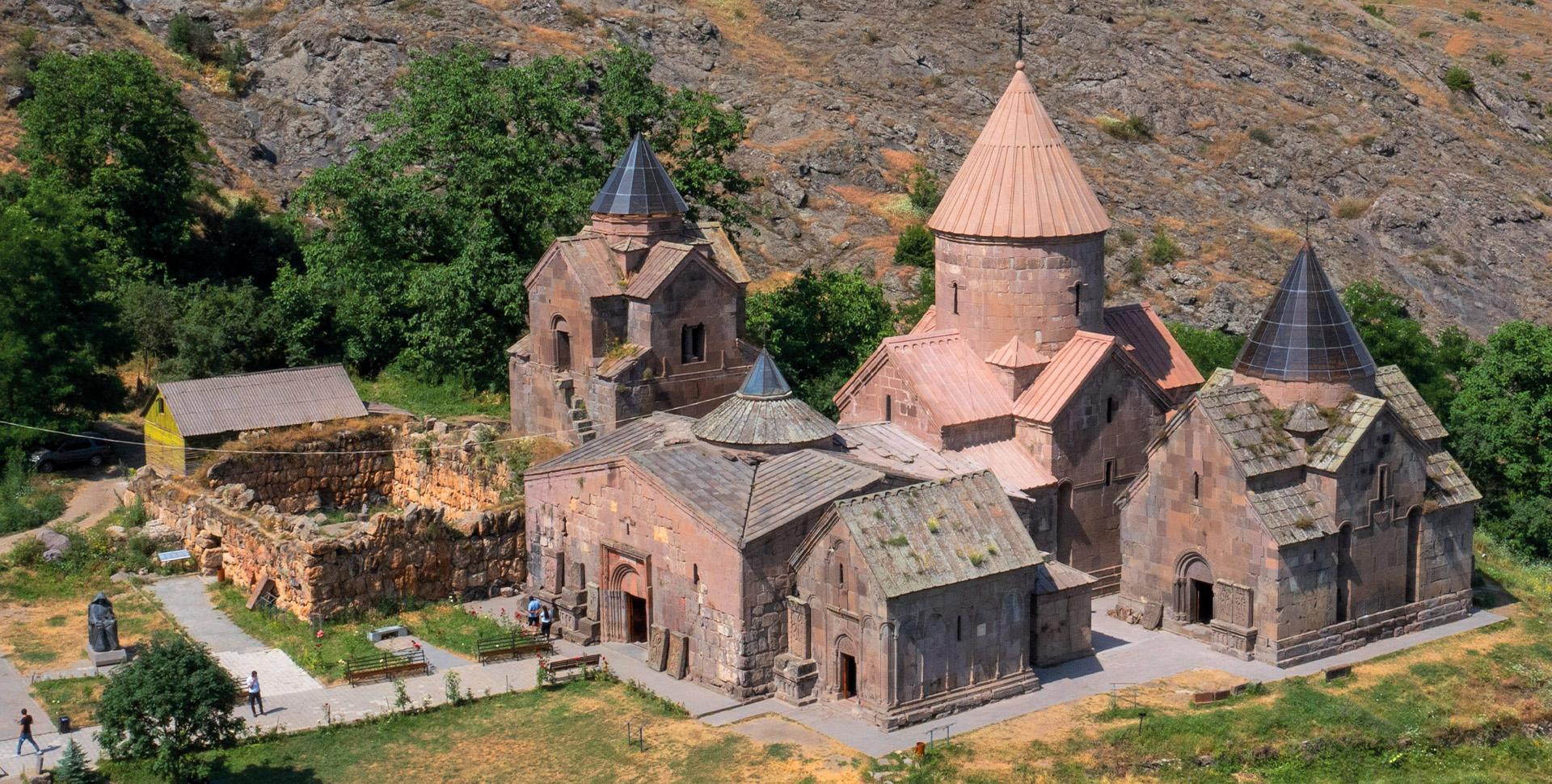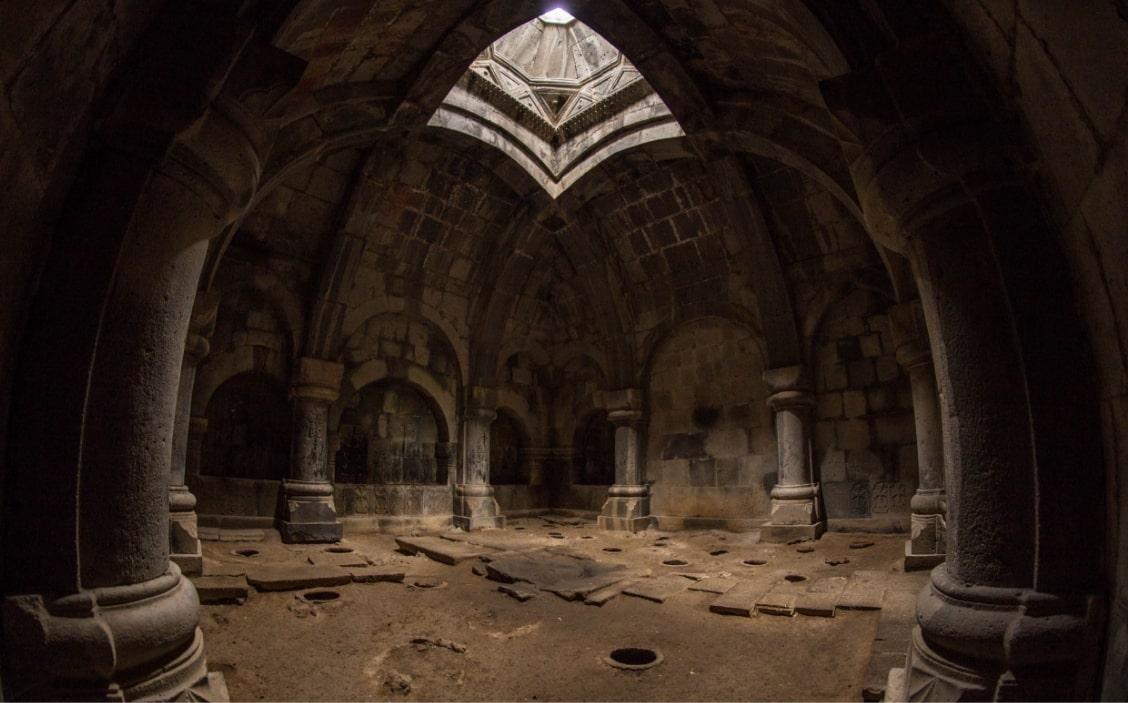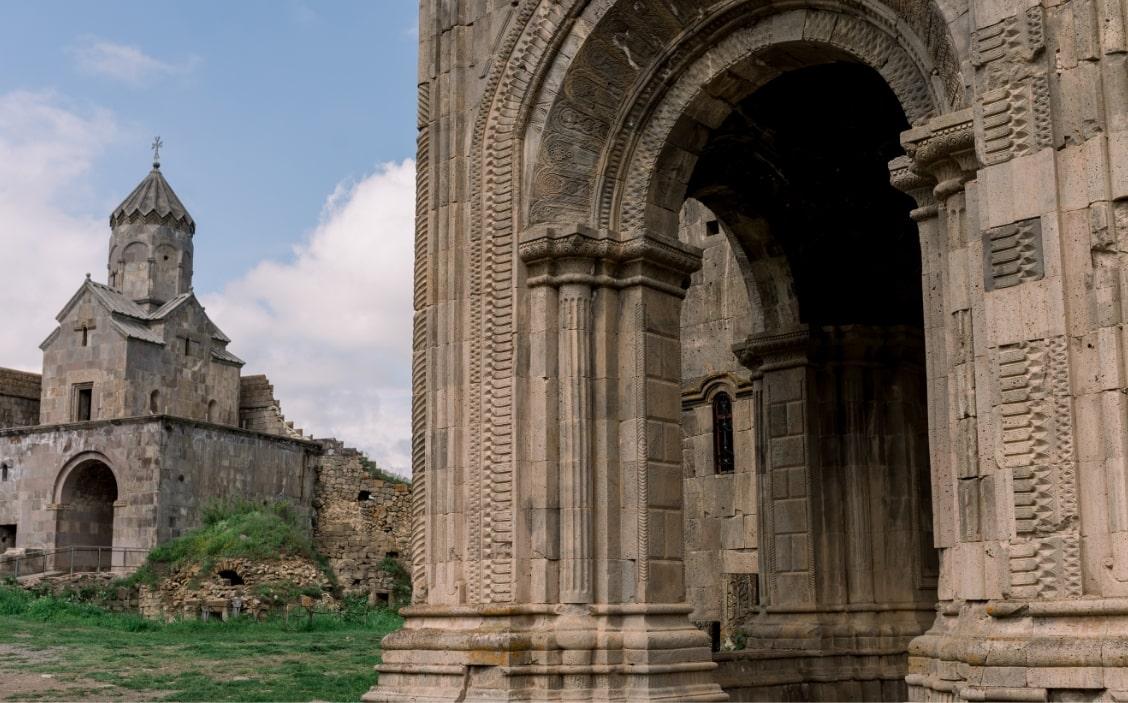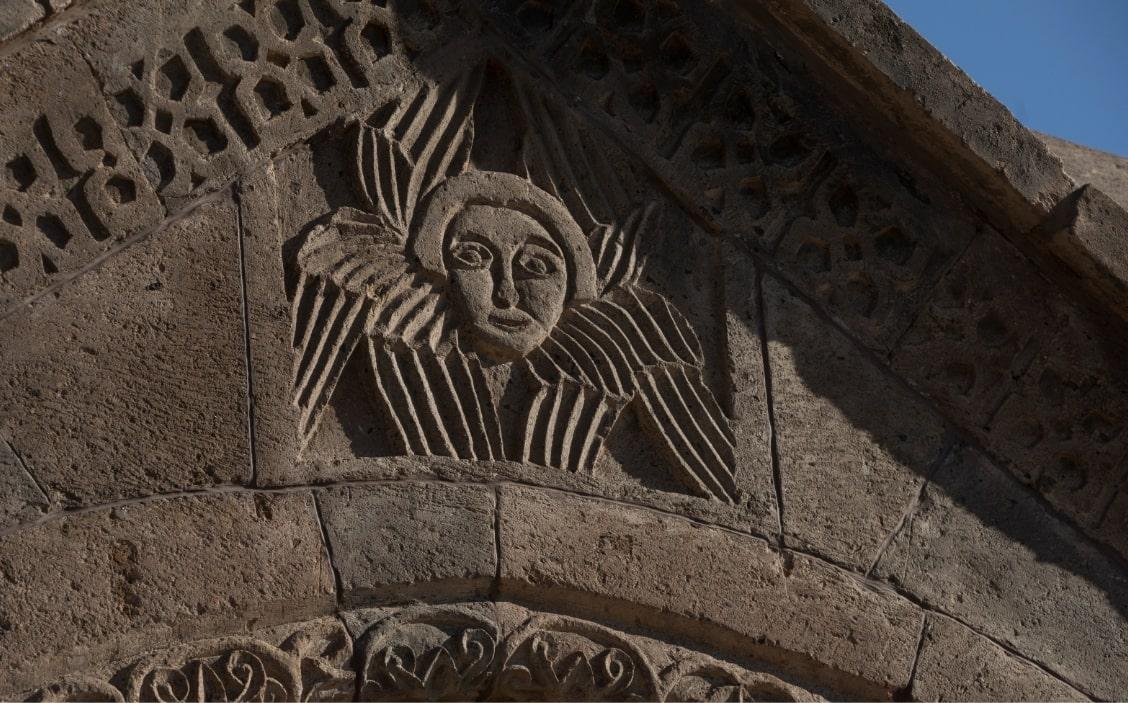Geghard Monastery
Architectural style:
Armenian
Date of foundation:
4th century
Region
Kotayk
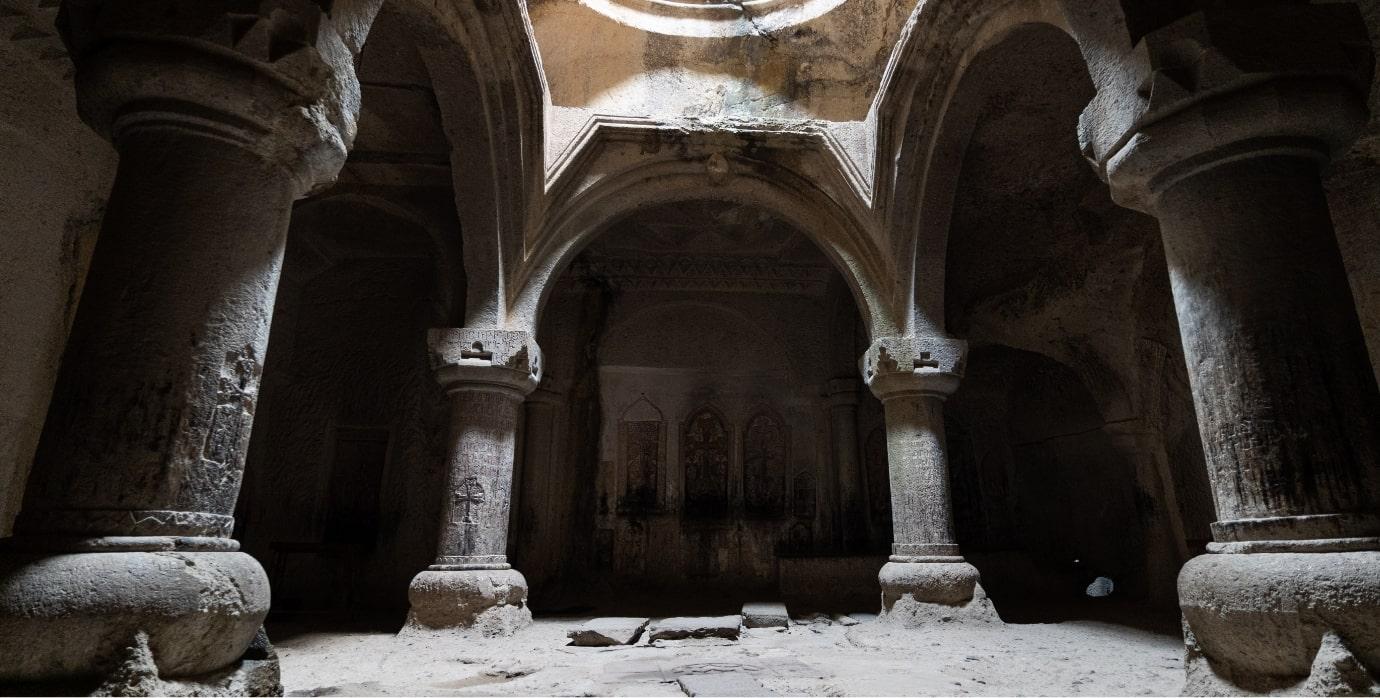
The name "Geghard'' means spear in Armenian. For centuries, the Geghard Monastery was the
repository of the actual spear from which the monastery derived its name. Geghard monastery is an
architectural gem among the Armenian churches and monasteries. Founded in the 4th century, it
acquired its present appearance in the 13th century. Listed as a UNESCO World Heritage Site, it is
one of the most majestic structures in Armenia. The Monastery of Geghard contains a number of
churches and tombs, most of them cut into the rock, which illustrate the very peak of Armenian
medieval architecture.
The complex of medieval buildings is set into a landscape of great natural beauty, surrounded by
towering cliffs at the entrance to the Azat Valley. The monuments included in the property are dated from the 4th to the 13th century. At the early period, the Monastery was called Ayrivank (Monastery in the Cave) because of its rock-cut construction. The monastery was founded, according to tradition by St. Gregory the Illuminator, and was built following the adoption of Christianity as a state religion in Armenia (beginning of the 4th century AD).
The main architectural complex was completed in the 13th century AD and consists of the cathedral, the adjacent narthex, eastern and western rock-cut churches, the family tomb of Proshyan princes, Papak’s and Ruzukan’s tomb-chapel, as well as various cells and numerous rock-cut cross-stones (khachkars). The Kathoghikè (main church) is in the classic Armenian form, an equal-armed cross inscribed in a square in plan and covered with a dome on a square base, linked with the base by vaulting.
The east arm of the cross terminates in an apse, the remainder being square. In the corners are
small barrel-vaulted two-story chapels. On the internal walls there are many inscriptions recording
donations. The masonry of the external walls is particularly finely finished and fitted. A gavit
(entrance hall) links it with the first rock-cut church. The monastery of Geghard is a renowned
ecclesiastical and cultural center of medieval Armenia, where a school, scriptorium, library and many rock-cut dwelling cells for clergymen could be found in addition to the religious constructions. Historians Mkhitar Ayrivanetsi, Simeon Ayrivanetsi, who lived and worked there in the 13th century, contributed to the development of the Armenian manuscript art. It was also renowned for the relics housed there. The most celebrated of these was the spear, which had wounded Christ on the Cross and was allegedly brought there by the Apostle Thaddeus, from which comes its present name, Geghardavank (the Monastery of the Spear). The spear was kept in the Monastery for 500 years. Relics of the Apostles Andrew and John were donated in the 12th century and pious visitors made numerous grants of land, money, and manuscripts over the succeeding centuries.
